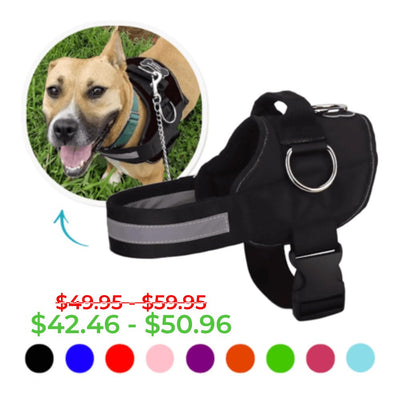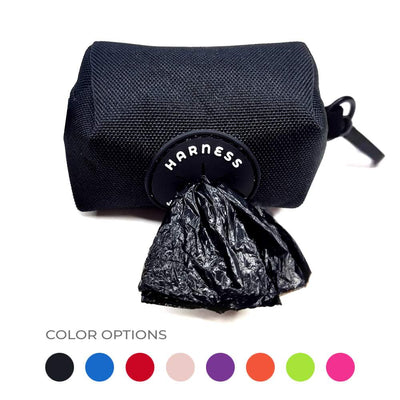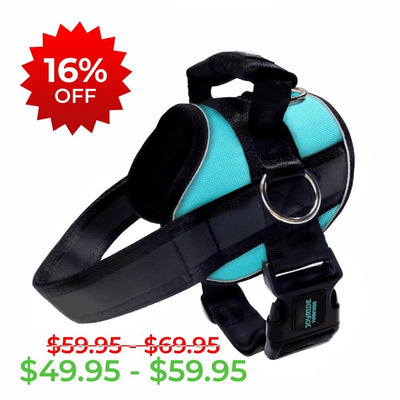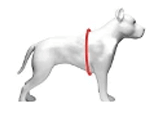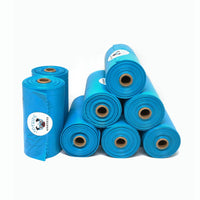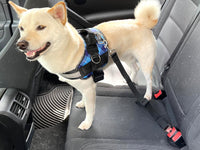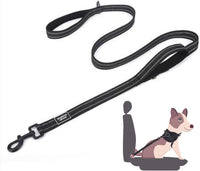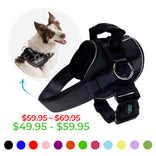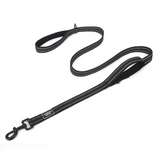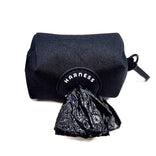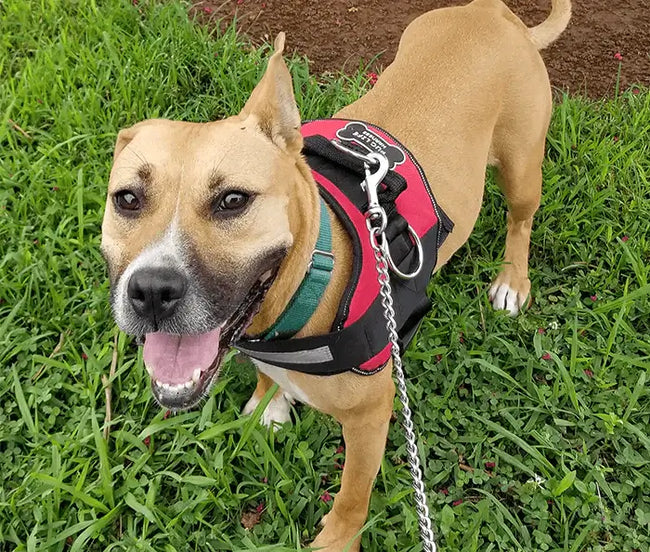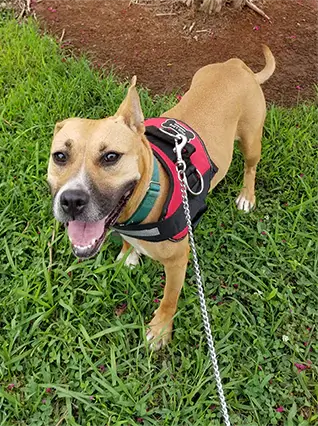Why Dog Grooming Is so Important in Winter?
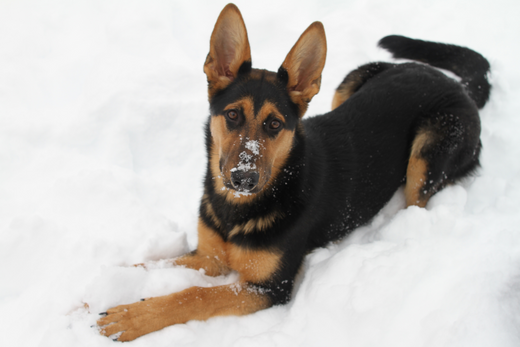
Dog grooming isn’t just a summer activity. In fact, keeping up with your pet’s grooming routine during the colder months is just as important as it is in warmer weather. A healthy coat serves as a natural insulator, helping your dog stay warm in winter and cool in summer. Maintaining this natural defense requires consistent care, including regular bathing, brushing, and trimming.
Let’s be honest: your dog doesn’t stop being adorable just because it’s freezing outside. But winter comes with its own set of grooming challenges. Snow, ice, dry air, and salty sidewalks can all wreak havoc on your pup’s skin and coat. Here are five key grooming tasks to focus on during winter to keep your furry friend happy, healthy, and comfortable.
1. Pay Extra Attention to Nails

Winter conditions can lead to less natural wear on your dog’s nails. Snow and ice act as a cushion, reducing the friction that typically keeps nails in check. Additionally, colder months often bring a decrease in outdoor activity, which means fewer opportunities for nails to naturally file down.
Overgrown nails can throw off your dog’s gait, leading to joint issues over time. You might also notice your dog slipping more on hardwood floors or ice—not ideal for their confidence or safety. If you hear that familiar click-click on the floor, it’s time for a trim.
Keeping a pair of nail clippers or a grinder at home can make nail maintenance easier if regular trips to the groomer aren’t feasible. Start slow, offer plenty of treats, and make nail care part of a positive routine.
2. Trim Hair Between Toes

Ice, snow, and de-icing chemicals can accumulate in the fur between your dog’s toes, potentially causing irritation or even infections. This is especially common in dogs with long hair or curly coats. You might even notice your pup doing the “snow dance”—awkward hopping or licking at their paws after a walk.
Additionally, licking paws after contact with rock salt or other substances may lead to gastrointestinal issues or electrolyte imbalances. Not exactly the kind of winter treat you want for your fur-baby.
Trimming the fur in these areas helps prevent debris from getting trapped and makes it easier to clean your dog’s paws after walks. This simple step can reduce the risk of frostbite or irritation from harmful chemicals and make post-walk cleanup a breeze.
Pro tip: Keep a towel and a bowl of warm water by the door for quick paw rinses!
3. Protect Paws

Winter can be harsh on your dog’s sensitive paw pads due to ice-melting chemicals and rough surfaces. Cracks, dryness, and bleeding are all signs that your pup’s paws need a little extra TLC.
If your dog tolerates them, consider using dog boots to shield their feet. Not only do boots protect against ice and salt, but they also help keep paws warm and dry. For pets who aren’t fans of footwear (looking at you, back-foot-high-steppers), paw protection wax can provide a barrier against the elements while maintaining comfort.
Look for a natural, dog-safe wax with hydrating ingredients. Applying it before and after walks can help keep your pup’s paws supple and safe all winter long.
4. Manage Dry Skin

Dry indoor air from heating systems can affect your dog’s skin just as it does yours. If your pup is scratching more than usual or you notice flakiness, they could be dealing with winter skin woes.
Regular bathing with a moisturizing dog shampoo, followed by brushing, can help prevent dryness. Be sure to use lukewarm water—hot water can strip natural oils from their skin—and avoid over-bathing, which can make things worse.
Spray-on, water-based moisturizers are a great alternative to heavy lotions that might make your dog’s coat greasy. Look for products with soothing ingredients like oatmeal or aloe.
For additional support, consult your veterinarian about dietary changes or supplements, such as omega fatty acids, which can promote healthy skin and coat. A scoop of high-quality fish oil might be just what your pup needs to shine all winter long.
5. Brush Regularly to Prevent Matting

Long-haired and drop-coated breeds are particularly prone to tangling and matting in winter. While it’s tempting to let their coats grow out for added warmth, neglecting regular brushing can lead to unmanageable mats and discomfort.
Mats can trap moisture, leading to skin infections, and in severe cases, they can pull painfully at your dog’s skin. Not exactly a cozy winter vibe.
How often you need to brush depends on your dog’s coat type and length. Short coats might only require a simple bristle brush, while longer, thicker coats may need sturdier grooming tools to keep them in good condition. A slicker brush or a detangling comb can work wonders.
Brushing also stimulates natural oil production, which helps keep their coat healthy, shiny, and better equipped to insulate against the cold.
Winter grooming is key to keeping your dog healthy and comfortable. With proper nail care, paw protection, coat maintenance, and skin hydration, your furry friend can enjoy the colder months safely.

And for added warmth and safety, check out the new Joyride FrostFlex Winter Jacket—designed with warmth, comfort, and convenience in mind. This jacket offers a cozy fleece interior to keep your dog snug and a water-resistant outer shell for those drizzly days. Bonus: it features convenient pockets for treats or essentials (yes, even poop bags), and added reflective coverage for nighttime visibility.
Because no one said winter walks couldn’t be warm, stylish, and safe.
--
At Joyride Harness, we’re all about making life easier and more fun for dog parents. Whether it’s understanding your dog’s quirky behaviors or finding the best harness for your daily walks, we’ve got you covered. Our blog is full of helpful tips, advice, and fun facts to keep you and your pup happy and healthy—because we know being a dog parent is a journey, and we’re here to support you every step of the way!
Source: PetMd


